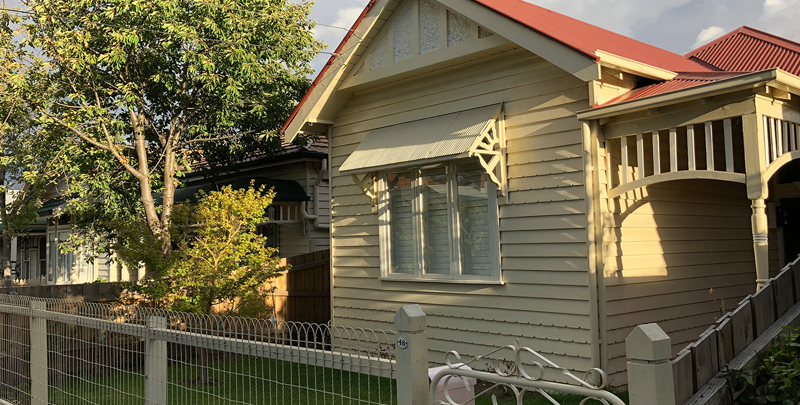Over the years we’ve had many clients ask whether or not they should keep a former home as an investment property.
It’s an important question to ask when upgrading to a new residence, but one that is dependent on an array of intersecting factors.
So let’s drill down into the key considerations that should be taken into account when owners are deciding to hold or sell.
First and foremost, the decision needs to be made without emotion
Reassessing the property through an investment lense as compared to a personal livability viewpoint can be difficult without cutting existing sentimental ties, but is crucial to ensure a sound financial decision.
Buying a property to live in, as compared to investing, requires distinct approaches, which often aren’t aligned.
While a home may have been bought based on personal livability preferences and aspirations that shouldn’t factor into the investment decision.
This comes down to stark financial metrics. Will the property achieve sufficient long term capital growth? Will it produce strong rental income? Is it going to attract quality tenants, or will there be extended vacancy periods?
Having established an investment mindset to the decision making process, let’s look at some of the pros and cons of each.
Pros of retaining a home as an investment property
Existing owners know the ins and outs of the property. That means they understand how to accentuate the good points, such as natural light and space for would-be tennants. Conversely, it also means they know the negatives, which either need to be repaired, amended or mitigated.
This is an important head start for the property’s next life as an investment, compared to a new purchase, which can take considerable time to become familiar with.
Owner-occupiers, who have lived in the property for years should have valuable insight into performance of the property, and how well it’s built equity over time. That puts them in a strong position to decide whether it’s worth retaining as an investment or it’s better moving on to something else.
Retaining the property as an investment also means avoiding the transaction costs involved in selling and then purchasing another investment property. These include stamp duty, agent fees, marketing budgets and conveyancing fees.
Real estate transactions have a significant impost on property portfolios. Any chance to avoid them is a bonus, however not to be judged above the property’s investment potential.
Owners, who bought their home earlier on in life and chose inner suburban areas for lifestyle preferences, may find their properties are particularly suited to investments. That’s particularly the case for properties that are low maintenance and situated in high land value areas.
Cons of retaining a home as an investment property
As mentioned, the features that attracted the homeowner when they purchased the property, may not necessarily translate to future investment value.
The key factors that underpin a well performing investment property are strong underlying land value, property scarcity, and multifaceted demand amid several buyer profiles.
Many homes don’t tick all of those boxes. Family homes may present as a strong option for owner occupiers, but not attract the same level of interest from the rental market. That could mean high vacancy rates and lost rental income.
Larger homes are also likely to need more repairs and maintenance to ensure they reach a sufficient rental standard.
Key features that add value to the home from an owner occupier perspective – such as a large, well kept garden – are less likely to bring value on the rental market, and could in fact be a detraction.
Quirks, such as odd or old fittings, which a buyer was willing to accept as a prospective owner, are less likely to be tolerated by a more discretionary and transitory renter.
Renters assess the market differently as compared to owner occupiers. And they usually have a higher expectation in regards to fit out and other internal elements. Whereas owner occupiers can quite often be more focused on location.
It’s also important to determine which type of tenant the property is likely to attract. Is it going to be a renter, who is going to look after the property? By their nature young families are likely to create significant wear and tear on the property, as opposed to a young professional couple.
As an owner, it’s also important to assess the motivations for moving out of a property. Are those same reasons likely to impact future rental demand?
It’s necessary to understand the tax implications of either selling or holding the property.
This needs to be researched with a trusted financial planner or accountant to ensure the owner maximises the benefits, and minimises the drawbacks.
Having said that, while tax benefits are an important consideration, they should not overshadow the main focus, which is building long term wealth through capital appreciation.
Correctly deciding whether a former home is suited to deliver that growth as a future investment property, will provide a major boost to an investment portfolio in the years to come.

